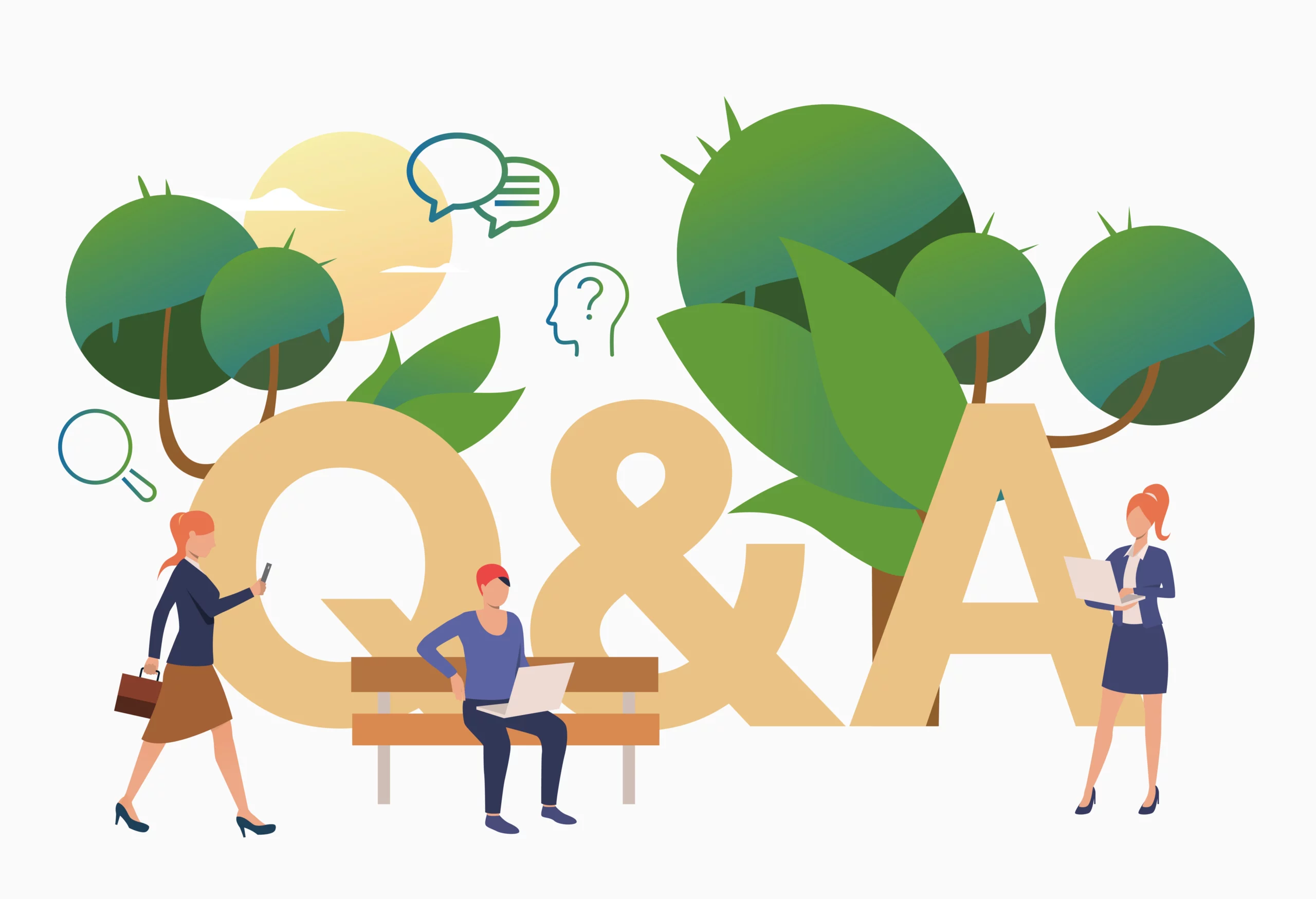The world of plants is a rich and diverse one, with countless species that span the globe, from the tallest trees to the tiniest mosses. Understanding the plant kingdom is not only fascinating but also essential to our understanding of the natural world. In this Q&A on the plant kingdom, we will delve into the intricacies of plant life. We’ll explore their structures, functions, classification, interactions with the environment, and their significance in our lives. Whether you’re a budding botanist or simply curious about the green world around you, these questions and answers will help shed light on the wonders of the plant kingdom.
Q: What is the plant kingdom?
A: The plant kingdom consists of multicellular, photosynthetic organisms, including mosses, ferns, and flowering plants.
Q: What is photosynthesis?
A: Photosynthesis is the process by which plants convert sunlight, water, and carbon dioxide into glucose and oxygen.
Q: What are the different plant groups?
A: Plant groups include non-vascular plants (e.g., mosses), vascular plants (e.g., ferns), gymnosperms (e.g., pines), and angiosperms (flowering plants).
Q: What are the main parts of a plant?
A: Plants have roots, stems, leaves, and sometimes flowers and fruits.
Q: What is the function of plant roots?
A: Roots anchor the plant, absorb water and nutrients, and store food.
Q: What are the roles of stems in plants?
A: Stems support leaves and flowers, transport water and nutrients, and can store food.
Q: What is the primary function of plant leaves?
A: Leaves are the main sites of photosynthesis, where plants make their food.
Q: How do plants reproduce?
A: Plants can reproduce through seeds, spores, or vegetative propagation (e.g., cuttings).
Q: What are angiosperms?
A: Angiosperms are flowering plants that produce seeds enclosed in fruits.
Q: What distinguishes gymnosperms from angiosperms?
A: Gymnosperms have seeds that are not enclosed in fruits; they are often cone-bearing plants like pines.
Q: What is the significance of mosses and liverworts in the plant kingdom?
A: Mosses and liverworts are non-vascular plants that play important roles in soil conservation and ecology.
Q: What are carnivorous plants?
A: Carnivorous plants are plants that capture and digest insects and other small organisms to obtain nutrients.
Q: How do plants adapt to their environments?
A: Plants adapt through various mechanisms, such as leaf shape, root structure, and drought tolerance.
Q: What is a plant’s role in the ecosystem?
A: Plants are primary producers, providing food and oxygen for other organisms, and they play a crucial role in nutrient cycling.
Q: What is the difference between monocots and dicots?
A: Monocots have one cotyledon (seed leaf), while dicots have two. They also have differences in leaf venation and root structure.
Q: What are plant hormones?
A: Plant hormones are chemical compounds that regulate growth, development, and responses to environmental stimuli in plants.
Q: What is the role of mycorrhizal fungi in the plant kingdom?
A: Mycorrhizal fungi form symbiotic relationships with plants, aiding in nutrient absorption and enhancing plant growth.
Q: How do plants defend themselves against herbivores and pathogens?
A: Plants have various defense mechanisms, including thorns, toxins, and chemical signals to attract predators of herbivores.
Q: What are some examples of economically important plants?
A: Economically important plants include wheat, rice, cotton, coffee, and medicinal herbs.
Q: What is plant taxonomy?
A: Plant taxonomy is the science of classifying and naming plants, following a hierarchical system that groups them based on shared characteristics.





Leave a Reply
You must be logged in to post a comment.